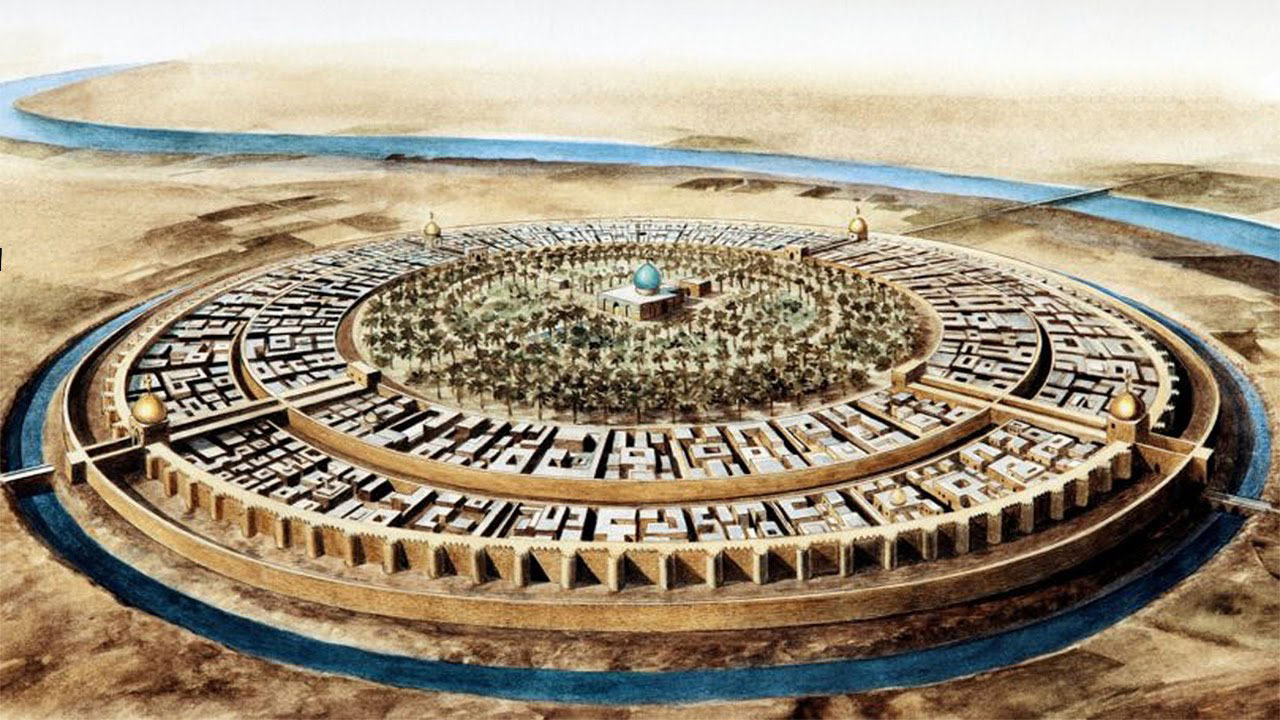Since the emergence of the Islamic religion to the mankind in the early seventh century AD, and the occurrence of notable changes over the aspects of public and private life at the time, the urban field had its own share of these changes, especially in cities with the prominent historical impact such as Kufa and Karbala.
Due to the geographical proximity between the mentioned holy cities, the urban evolution in them were rather similar, as most of the private buildings in the early periods of Islam such as houses and shops were built by reeds and papyrus, while they evolved later during the Umayyad period into simple shapes shacks depending heavily on the primitive bricks of "Lebn" without excessive use of space for fear of represeive authorities that were very hostile to these two cities during that period, according to historians. (1)
After the advent of Abbasid era, especially during the ruler "Adhd al-Dawla al-Buwaihi", the city of Karbala has become a special attraction factor for the residents who wish to live near the holy shrine of Imam Hussein "peace be upon him", where the houses built at the time were characterized by their small sizes and close tangency between every two neighboring houses.
Source
(1) Civilizational buildings in Karbala until the end of 656 Hijri: by Dr. Zain al-Abidin Musa al-Jaafar and Ms. Huda Ali Hussein al-Fatlawi, the series of publications of Karbala Center for Studies and Research.

